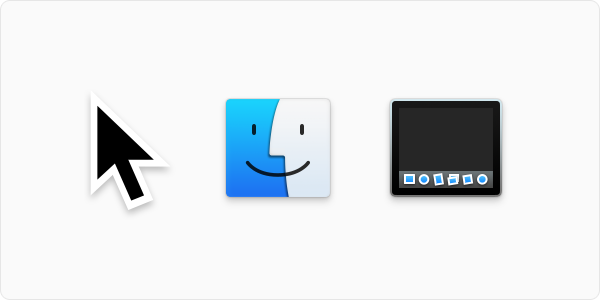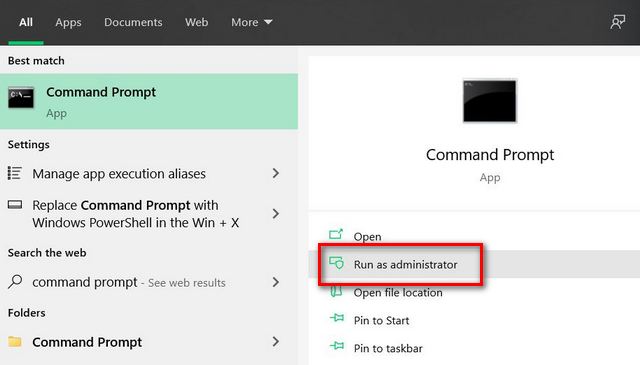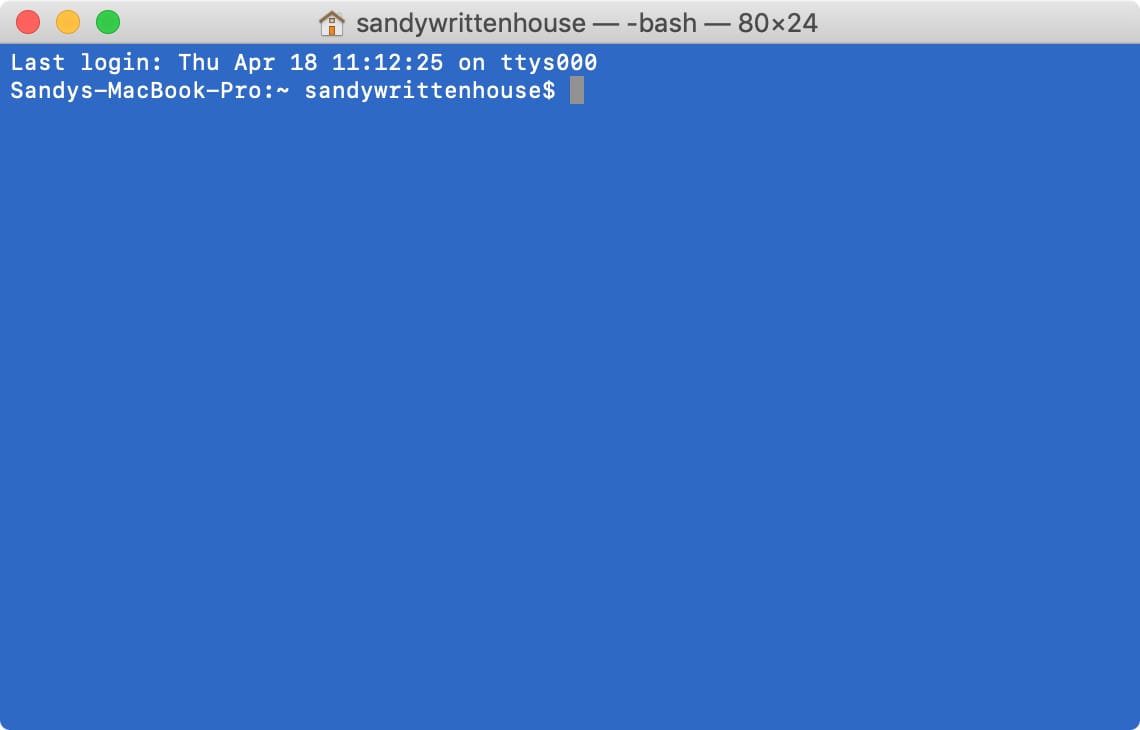

- #Access cmd for mac how to
- #Access cmd for mac zip file
- #Access cmd for mac android
- #Access cmd for mac password
- #Access cmd for mac Pc
#Access cmd for mac zip file
Open Windows explorer and browse to where you extracted the contents of this ZIP file.Extract the contents of this ZIP file into an easily accessible folder (such as C:\platform-tools).
#Access cmd for mac android
Download the Android SDK Platform Tools ZIP file for Windows. Next up, you will need to scroll below and follow the rest of the instructions for your particular operating system.įollow along for the operating system on your computer.  You are partially done with the phone setup process. Go in there and enable the USB Debugging mode option. Now go back to the main Settings screen and you should see a new Developer Options menu you can access. You will see a toast message when it is done.
You are partially done with the phone setup process. Go in there and enable the USB Debugging mode option. Now go back to the main Settings screen and you should see a new Developer Options menu you can access. You will see a toast message when it is done.  Then tap the Build Number option 7 times to enable Developer Mode. Tap the About Phone option generally near the bottom of the list. Launch the Settings application on your phone. Note: Setting up ADB on the computer is just half the equation since you’ll also need to do some things on the smartphone or tablet to accept the ADB commands. This is the moment where you’ll receive the authorization request on the Android device if the computer hasn’t been authorized in the past. It will then set up connections to all running devices which are attached to the computer (including emulators). Once that ADB service has been started, it will continue to listen to that specific port for commands that have been sent by the ADB client. If the daemon isn’t running, then it will start the process and tell you which local TCP port it has been started on. You’ll see this the following message in the command prompt or terminal, as it will check to make sure the daemon is running. So if you have freshly booted the computer (and you don’t have it setup to start the daemon on boot), then you will need it to be running before any communication can be sent to the target Android device. The server runs as a background process on the PC/Mac.īecause there are three pieces that makeup ADB (the Client, Daemon, and the Server), this requires certain pieces to be up and running in the first place. A server, which manages communication between the client and the daemon. The daemon runs as a background process on each device. A daemon (adbd), which runs commands on a device. We are sending commands to our device from this coomputer through the USB cable (and wirelessly as well in some cases).
Then tap the Build Number option 7 times to enable Developer Mode. Tap the About Phone option generally near the bottom of the list. Launch the Settings application on your phone. Note: Setting up ADB on the computer is just half the equation since you’ll also need to do some things on the smartphone or tablet to accept the ADB commands. This is the moment where you’ll receive the authorization request on the Android device if the computer hasn’t been authorized in the past. It will then set up connections to all running devices which are attached to the computer (including emulators). Once that ADB service has been started, it will continue to listen to that specific port for commands that have been sent by the ADB client. If the daemon isn’t running, then it will start the process and tell you which local TCP port it has been started on. You’ll see this the following message in the command prompt or terminal, as it will check to make sure the daemon is running. So if you have freshly booted the computer (and you don’t have it setup to start the daemon on boot), then you will need it to be running before any communication can be sent to the target Android device. The server runs as a background process on the PC/Mac.īecause there are three pieces that makeup ADB (the Client, Daemon, and the Server), this requires certain pieces to be up and running in the first place. A server, which manages communication between the client and the daemon. The daemon runs as a background process on each device. A daemon (adbd), which runs commands on a device. We are sending commands to our device from this coomputer through the USB cable (and wirelessly as well in some cases). #Access cmd for mac Pc
the PC or Mac you have connected to your Android device. There are three components that make up the entire process. The internal structure of the Android Debug Bridge (ADB) is based on the classic client-server architecture.
#Access cmd for mac how to
So, in this guide, we will show you how to install ADB on Windows, macOS, and Linux in quick and easy-to-follow steps. A prerequisite to these tricks is installing ADB on your computer. These have generally been done with the help of some command line Android Debug Bridge ( ADB) commands, a tool that Google offers for developers to debug various parts of their applications or the system, but which we can use for all kinds of neat and hidden tricks.
#Access cmd for mac password
After OSX boots up, disable the Password Requirement after sleep, by opening System Preferences > Security & Privacy, selecting the General tab, and unchecking the Require password field.Several features of the Android platform can be accessed only through paths and methods that are hidden away from the average user. Re-enable System Integrity Protection by running the csrutil enable reboot command. Boot into Recovery mode by holding CMD+R on boot time. Press Esc, then input :wq and press Enter to save the file and quit vim. Press i to enter Insert mode. Find the Kernel Flags and change it to Kernel Flags darkwake=0. 
Edit the boot configuration file by running the vim /Library/Preferences/SystemConfiguration/ command.Log in as root by running the sudo -i command in the terminal window.After OSX boots up, make sure you're logging in as an administrator and open Terminal from /Applications/Utilities/Terminal.app.Disable System Integrity Protection by running the csrutil disable reboot command.Restart the computer and boot into Recovery mode by holding CMD+R on boot until the Apple logo appears.For OSX it can be enabled from System Preferences -> Energy Saver by turning on Wake for network access.Note: WOL is available only on OS X 10.11 (El Capitan) or later. Wake on LAN (or WOL) allows you to remotely turn on a computer. Article Number: 449 | Last Updated: Wed, 9:01 AM








 0 kommentar(er)
0 kommentar(er)
